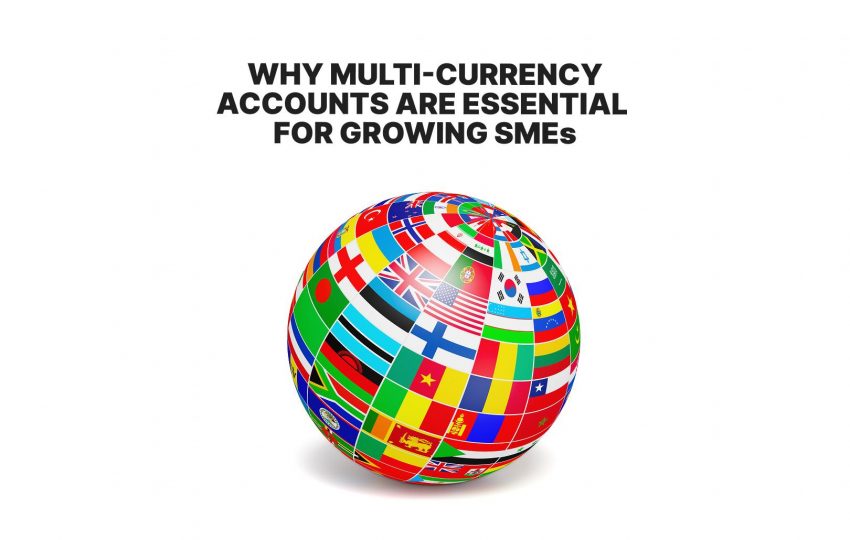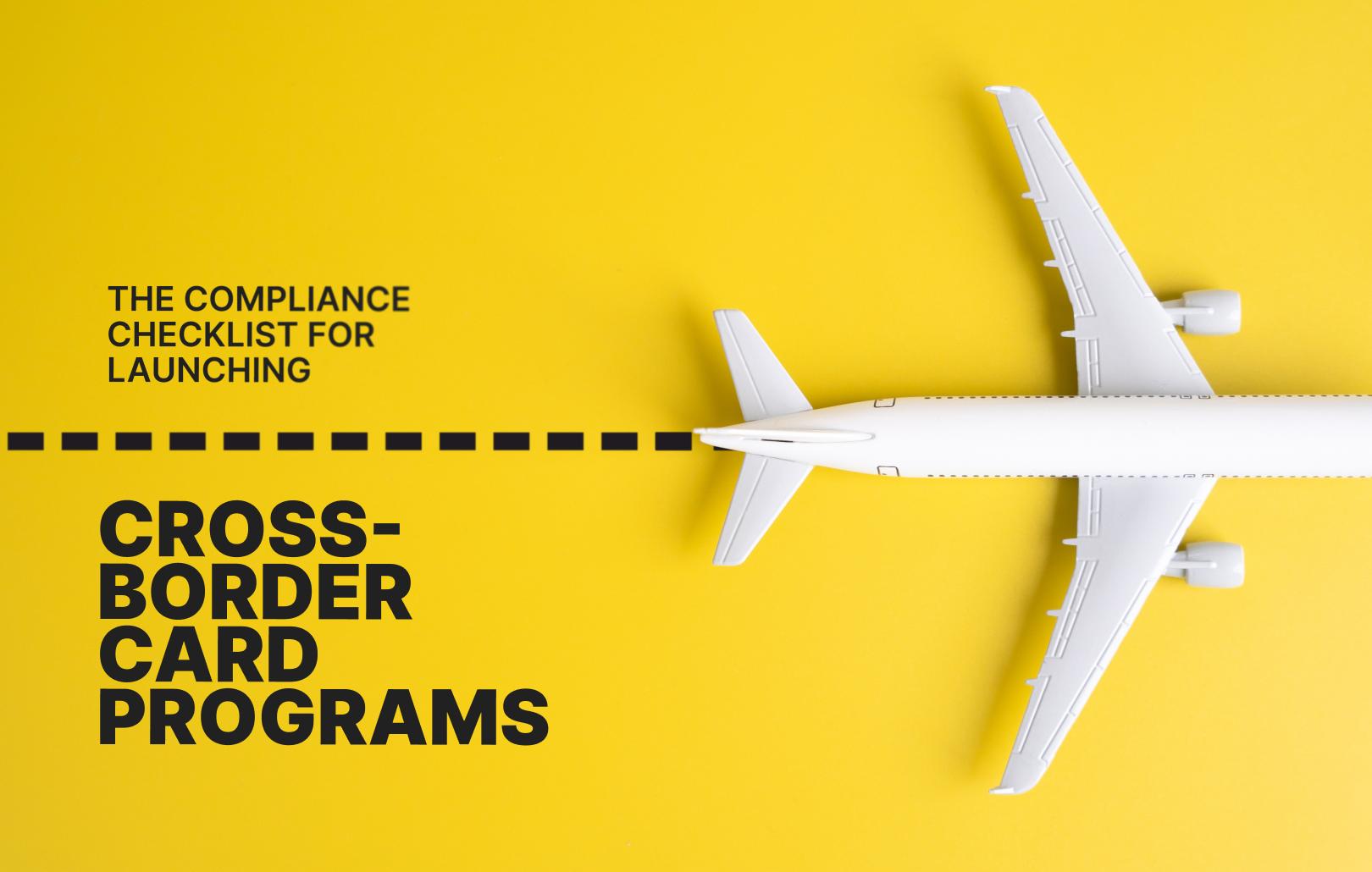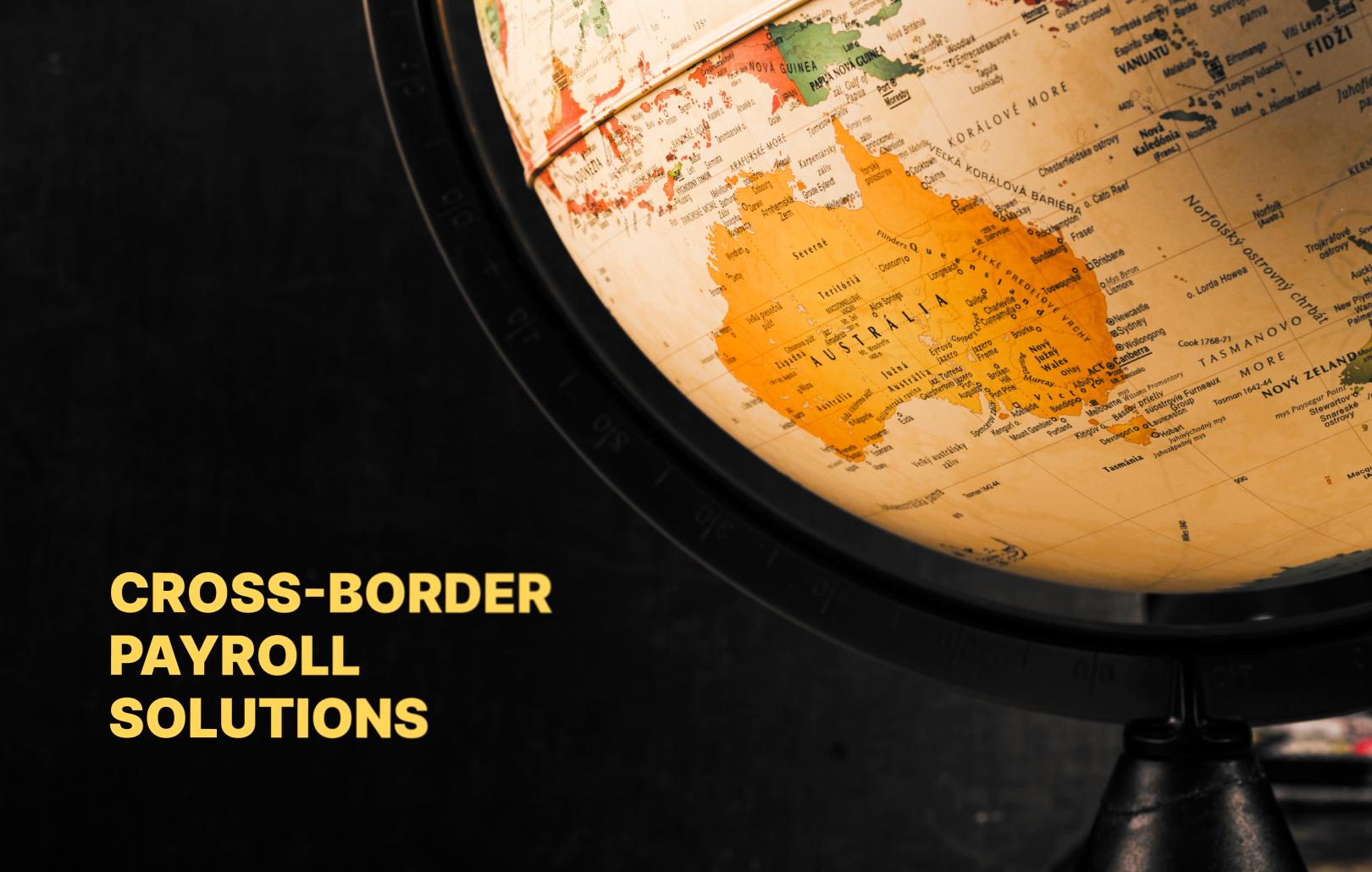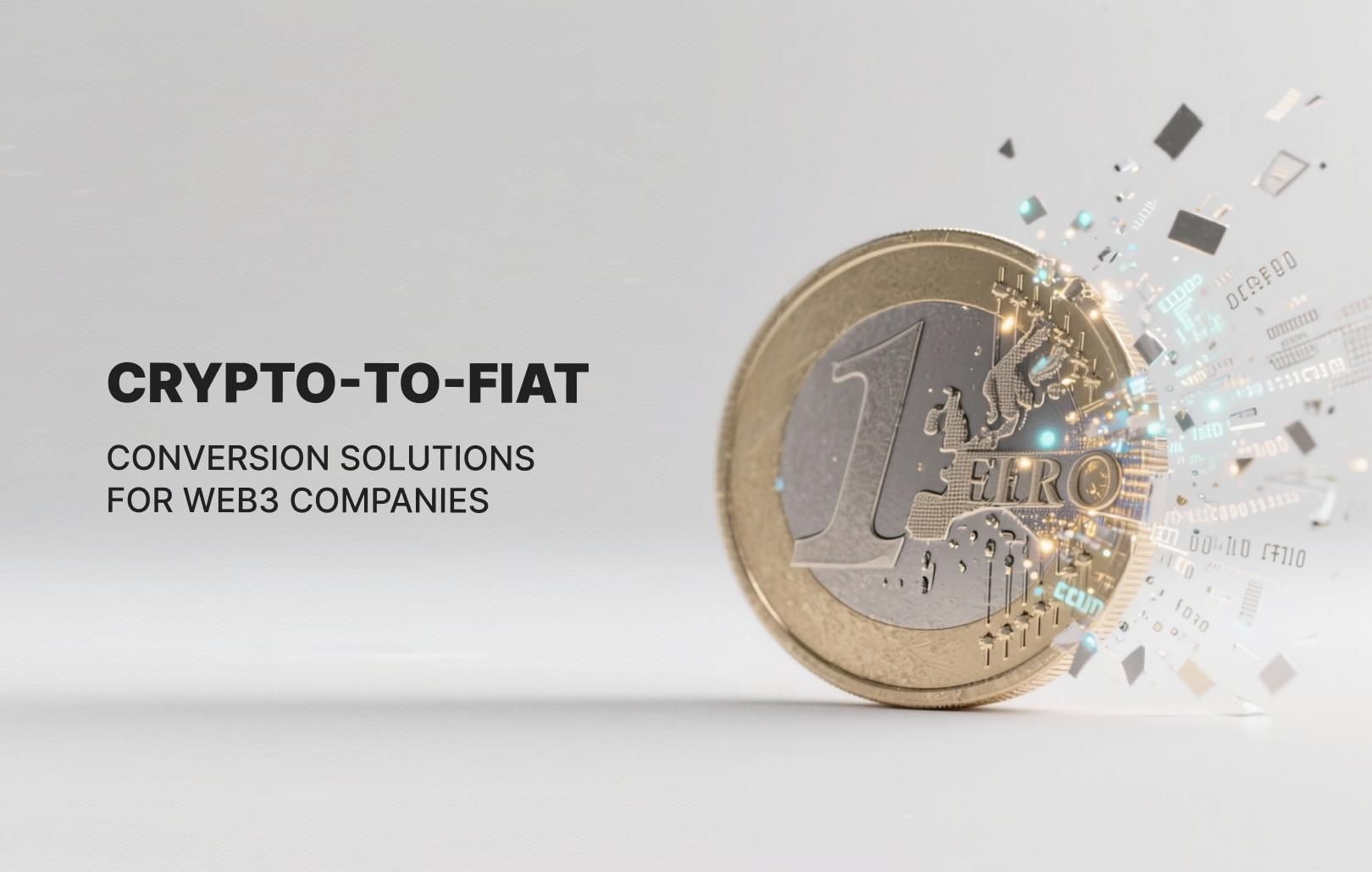Why multi-currency accounts are essential for growing SMEs

2025 is the year of truly borderless business. You could have suppliers in Istanbul, developers in Bangalore, and customers buying from Berlin. Operating internationally is no longer reserved for massive corporations; it’s the daily reality for modern SMEs. And while that opens the door to growth, it also creates one huge headache: managing money across currencies and accounts.
The old playbook, which involves patching together multiple bank accounts, braving unpredictable exchange rates, and absorbing outrageous transaction fees, is no longer enough to help you scale operations. If your business is still treating multi-currency accounts as a bonus feature, it’s time for a wake-up call.
By enabling businesses to store, transfer, and accept various currencies through a single account, multi-currency solutions help reduce conversion costs, enhance cash flow management, and strengthen global partnerships. Let’s explore how these accounts work and why they’re so essential for your business.
Why it’s time to rethink international payments
The numbers don’t lie. In a recent research conducted by Censuswide, 49% of SMEs surveyed indicated international payments as an obstacle to global expansion. This is no surprise, as in 2023 alone, hidden fees on international payments cost SMEs nearly $800M. And when you break that down, it makes perfect sense. Every cross-border transaction invites friction: currency conversion costs, delays in fund settlements, confusing bank requirements, and inconsistent exchange rates that quietly eat into your margins. That’s not just inconvenient, it’s a competitive disadvantage.
Multi-currency accounts change the game entirely. Imagine one account, one dashboard, one IBAN, capable of holding, sending, and receiving money in a wide range of global currencies. This streamlined setup eliminates the need to jump between banks or juggle various accounts. Instead, you gain clarity, control, and agility, enabling you to do business globally without tripping over red tape or losing money to inefficiencies.
What exactly is a multi-currency business account?
Forget the clunky systems of traditional banks. A multi-currency account is a single, powerful financial hub that lets you manage multiple currencies with the same ease you’d handle a local bank account. Rather than opening separate accounts for every region you trade in, this account allows you to operate in dozens of currencies, all from a single touchpoint.
You’re no longer forced to convert funds every time a transaction crosses borders. That means you can invoice international clients in their local currency, pay foreign suppliers or contractors in theirs, and still retain full visibility over your finances in real-time. This is a convenient way to empower your business with tools that offer predictability, precision, and streamline your global money flows.
Why SMEs are switching, and why it’s happening fast
For many SMEs, the decision to adopt a multi-currency business account starts with one simple goal: to stop bleeding money on (hidden) fees and poor exchange rates. Traditional banks often slap on inflated currency conversion costs and hide their true rates behind layers of fine print. For a business handling regular international payments, these losses stack up fast.
But the benefits go far beyond cost savings. Multi-currency accounts offer something that’s been elusive for many SMEs: cash flow confidence. By consolidating global transactions into a single, transparent system, business owners can track, forecast, and plan with accuracy. No more waiting days for payments to clear, or dealing with unexpected shortfalls due to poor exchange rates. You finally get financial visibility across all markets you operate in.
Another major advantage is the ability to transact in local currencies, which immediately enhances trust and flexibility in global relationships. Paying a supplier in their own currency can lead to better pricing or preferred payment terms. Invoicing a client in their native currency removes friction in the sales process. And when you’re hiring remote talent, paying them in their local currency shows professionalism and speeds up delivery.
Streamlining international payments without the headache
If you’ve ever had to manage five different foreign currency accounts across three banks, you already know the pain. Each comes with its own IBAN, monthly maintenance charges, and compliance requirements. Multi-currency business accounts eliminate that complexity by consolidating all your international payments into one sleek solution.
Beyond that, they also minimize delays and reduce dependency on third-party intermediaries, which often slow down wire transfers and inflate costs. Transactions happen faster, with fewer parties involved and fewer things that can go wrong.
Crucially, multi-currency accounts also allow businesses to hold balances in different currencies. That means you can strategically decide when to convert your funds based on favorable rates, offering a natural hedge against market volatility. For businesses operating in multiple regions, that flexibility can protect margins and offer significant upside over time.
Multi-currency vs. traditional foreign currency accounts
It’s easy to confuse a multi-currency account with a traditional foreign currency account, but they are not the same. In the traditional setup, businesses need to open a separate account for every currency they work with. Each account requires its own paperwork, fees, and management time. It’s a fragmented system prone to inefficiency.
By contrast, a multi-currency business account centralizes everything. You get one IBAN, one interface, and access to dozens of currencies, allowing you to operate like a multinational without the overhead.
And thanks to modern fintech platforms, setting up a multi-currency account today is easier than ever. Many providers let you apply, onboard, and start transacting within a single day, entirely online. No wait times and no unnecessary paperwork.
How to choose the right provider for your business
It isn’t just about opening a wallet, it’s about finding a financial partner. The best providers are transparent, agile, and built for scale.
You want a partner that offers competitive exchange rates without hidden fees, along with coverage for the currencies most relevant to your operations. Look for an interface that makes account management intuitive, especially if your team spans different departments or locations.
Equally important is regulatory compliance and security. Your provider should be licensed, audited, and committed to protecting your data and funds. Extra features like team permissions, real-time notifications, or integrations with your accounting software are the finishing touches that elevate a good solution into a great one.
How Satchel helps SMEs go global
At Satchel, we understand that modern SMEs need a launchpad for global growth, rather than just banking. That’s why our Multi-Currency Business Account was designed to eliminate the friction of cross-border transactions.
You can hold, receive, convert, and send money in over 20 currencies from a single, unified Client Office and mobile app. We give you European IBANs to ensure fast, cost-efficient payments. Whether you’re sending money to a partner in Japan or receiving payments from the US, you’ll be able to transact like a local, without hidden fees.
Satchel’s approach is all about transparency, speed, and ease of use. Our clean interface, real-time reporting tools, and enterprise-grade compliance and security ensure that your business is always in control and ready to scale.
Want to get started? Apply for a Multi-Currency Business Account here.
This isn’t optional anymore
Global trade is no longer reserved for enterprise giants. But if your financial tools still belong to a pre-digital era, you’re voluntarily limiting your reach. Multi-currency business accounts are the essential infrastructure for any SME looking to compete, grow, and serve customers across borders.
The question isn’t whether you need a multi-currency account, it’s how much longer your business can afford to operate without one. Contact our team today to find out how Satchel can help your business go global.






